Phishing describes identity theft scams involving scam websites and emails or other messages. Online phishing scams aim to gain access to your account and sensitive information. An attacker can create a website that mimics a reputable one or send you a message that seems to come from a trusted source. Online phishing scams messages can come from a fake account or an account that has been hacked.
What is Phishing?
Online phishing scams involve sending an e-mail falsely claiming to be from an established legitimate enterprise to scam the user into surrendering private information that they will use for identity theft.
The e-mail directs the user to visit a website where they are asked to update personal information, such as passwords and credit cards, social security numbers, and bank account numbers. It is relatively simple to make a Website look legitimate by mimicking the page's HTML code or framing parts.
How to Protect Yourself From Phishing in 2025?
Be careful what emails you open. Phishing emails often contain links or attachments that, when clicked, will take you to a fake website or download malware onto your computer. Don't open an email if you're unsure if it is legitimate.
Don't click on links in emails or text messages from unknown senders. Even if the email or text message looks like it's from a legitimate source, don't click on any links in it. Instead, type the URL of the website manually into your browser.
Be suspicious of emails or text messages that ask for personal information. Legitimate companies will never ask for your personal information in an email or text. If you receive an email or text message that asks for your personal information, don't provide it.
Check the sender's email address. Phishing emails often come from addresses similar to legitimate companies' addresses. However, if you look closely, you'll often be able to spot a difference. For example, the phishing email might come from an address that's one letter from the legitimate address.
Use a spam filter. A spam filter can help to block phishing emails from reaching your inbox.
Keep your software up to date. Software updates often include security patches that can help to protect your computer from phishing attacks.
Examples of Phishing Scams in 2025
Emails that appear to be from your bank or credit card company. These emails might say that your account has been compromised or your credit card has been used fraudulently. They might ask you to click a link to update your account information or call a phone number to verify your identity.
Emails that appear to be from a government agency. These emails might say you're due for a tax refund or won a prize. They might ask you to click on a link to provide your personal information or to call a phone number to claim your prize.
Emails that appear to be from a social media platform. These emails might say that your account has been compromised or you've been tagged in a photo. They might ask you to click a link to log in to your account or change your password.
What to Do if You Think You've Been Phished?
- Don't panic. If you think you've been phished, the most important thing is to stay calm. Panicking will only make things worse.
- Change your passwords. Immediately change your passwords for any accounts that you think may have been compromised.
- Report the phishing attack. You can report the phishing attack to the company impersonated in an email or text message. You can also report the phishing attack to the Federal Trade Commission (FTC).
Additional Tips on How to Protect Your Accounts from Online Phishing in 2025:
- Use a strong password manager. A password manager can help you create and store strong, unique passwords for all your online accounts.
- Enable two-factor authentication (2FA). 2FA adds an extra layer of security to your accounts. When you enable 2FA, you will be required to enter a code from your phone in addition to your password when you log in.
- Be aware of the latest phishing scams. The FTC website has a list of the latest types of phishing scams. You can check this list regularly to stay informed about the latest threats.
By following these tips, you can help to protect your accounts from online phishing scams.
You may also like to read:
- How to Protect Your Smart Home From Hackers?
- Enable Mobile Data in Airplane Mode With 1 Code
- Make Firefox Faster With 14 Tweaks for Speed
- How to Remove Password From PDF Document?
- 13 Honest Reasons why you Should Not Start a Blog
What Online Phishing Scams Do?
Many people fall victim to email scams designed to steal login information for PayPal, eBay, online banking accounts, and more. Scammers send emails to every address they can obtain, so you may receive these even if you don't have an account with the targeted enterprise, site, or company.
The online phishing scams' emails keep getting better and better in appearance. You may receive an email that pretends to be sent from eBay. The email will have all the appropriate logos and will often be formatted similarly. The links within the email can even appear to be directed to legitimate pages within eBay.
For example, e-mails supposedly from eBay claiming that the user's account will be suspended unless they click on the provided link and update the credit card information.
My Story About Online Phishing Scams?
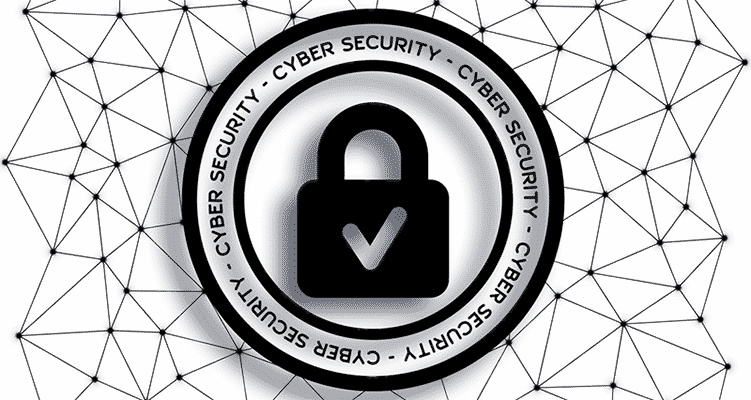
Recently I received an email claiming to be from PayPal. It appears to be a receipt for an eBay purchase that I know nothing about. The subject line is “Receipt for Your Payment.”
The email body described the eBay item allegedly purchased using my PayPal account. Below that was a notice that said:
I wonder how many people receiving a similar email would quickly click on the link to contest the charges to become victims of online phishing scams.
OK, I know to be cautious with this sort of thing, so I did not click anything in that email. Instead, I went to PayPal on my own and logged in. Guess what? There is no record there of the purchase.
Then I started looking at the formatting of the email. When I viewed the message's properties, I found it was from a tak___club.com sender and not PayPal. Just because it says it is from eBay and ebay.com at the top of the email doesn't always mean who it is from. Anyone can easily alter an email's “From” name to rectify online phishing scams.
This email was formatted more like a received PayPal email than a receipt. I looked at all of my other emails titled “Receipt for your payment,” which was not formatted like this one. So now you can get some idea how online pushing scams work to scam innocent people online worldwide.
How to Avoid Online Phishing Scams 2025?
Phishing scams involve emails, websites, and calls pretending to be from legitimate companies to trick you into revealing personal information. These scams have become increasingly sophisticated and can fool even savvy internet users if you are not careful. Follow these tips to better detect and avoid phishing attempts:
Look for Red Flags in Links and Emails
Scrutinize any emails, texts, or links before clicking. Warning signs include misspelled domain names, odd email addresses, or unexpected messages from known contacts. Google any dubious websites before entering information. Avoid clicking directly from emails.
Verify the Source
Don't trust any requests because logos appear official or the message seems urgent. Verify the source by calling the company directly using an official number to check if the interaction is legitimate.
Block Pop-Ups
In some instances, scammers may use pop-ups in their phishing attacks. To avoid accidentally clicking on one, you can enable a pop-up blocker to provide extra protection from phishing attacks. Luckily, most-used browsers block pop-ups automatically, but it’s always best to double-check.
Keep Software Up to Date
Regularly update your operating systems, browsers, apps, antivirus, and firewalls. Security updates patch vulnerabilities that scammers exploit. Enable auto-updates where possible.
Activate Call Filters on Your Phone
Call filters create a separate inbox for text messages from people, not your contacts list. This is an excellent initial screen to help you avoid phishing attacks. Here’s how to set up call filters on your phone:
- On iPhone: Go to Settings – Messages – Toggle switch for “Filter Unknown Senders.”
- On Android: Navigate to the Message App, and click on the three dots in the top right corner. Next, select “Settings” from the options and click “Spam protection.” Ensure that “Enable spam protection” is turned on to receive spam alerts.
Use Strong Passwords
Create unique, complex passwords – at least 12 characters using upper/lowercase letters, numbers, and symbols. Avoid personal info or everyday phrases. Use a password manager if needed. Enable two-factor authentication when available.
Use Spam Filters
According to the FBI, victims of phishing and similar online scams lost more than a staggering $6.9 billion in the last year.
Most phishing attacks happen via email; unfortunately, scammers have learned to bypass basic email security to get their scam messages into your inbox. To avoid receiving spam and scam emails, update your spam filters to block out more potential phishing attacks.
Here’s how to customize your spam filters in:
Watch for Phishing Redirection
Some phishing links use redirection to route you through various domains to hide the suspicious end site. Check the full URL before entering information. Also, be wary of links shortened with services like Bitly.
Limit Information Shared
Be wary of unsolicited contacts asking for personal details like passwords, usernames, or credit cards because legitimate companies won't ask for these over email. Only enter sensitive information on official company websites using HTTPS.
Keep Your Browser Up to Date
Just like your operating system, it's crucial that you also keep your web browser updated. This can help ensure you’re browsing the web with the most up-to-date security features your browser offers so you and your device stay safe.
Monitor Accounts Regularly
Routinely check bank, credit card statements, and online account activity for unauthorized charges or changes. Report discrepancies immediately to limit damage from any compromised accounts. Enable text/email alerts for account changes.
How You Know If You Have Been Phished?
Phishers often pretend to be legitimate companies. Their messages may sound genuine, and their sites can look remarkably like the real thing. It can be hard to tell the difference, but you may be dealing with a phishing scam if you see the following:
- Requests for confidential information via email or instant message.
- Emotional language using scare tactics or urgent requests to respond.
- Misspelled URLs, spelling mistakes, or the use of sub-domains.
- Links within the body of a message.
- Lack of a personal greeting or customized information within a message. Legitimate emails from banks and credit card companies often include partial account numbers, usernames, or passwords.
Why You Have to Be Careful With Online Phishing Scams in 2025?
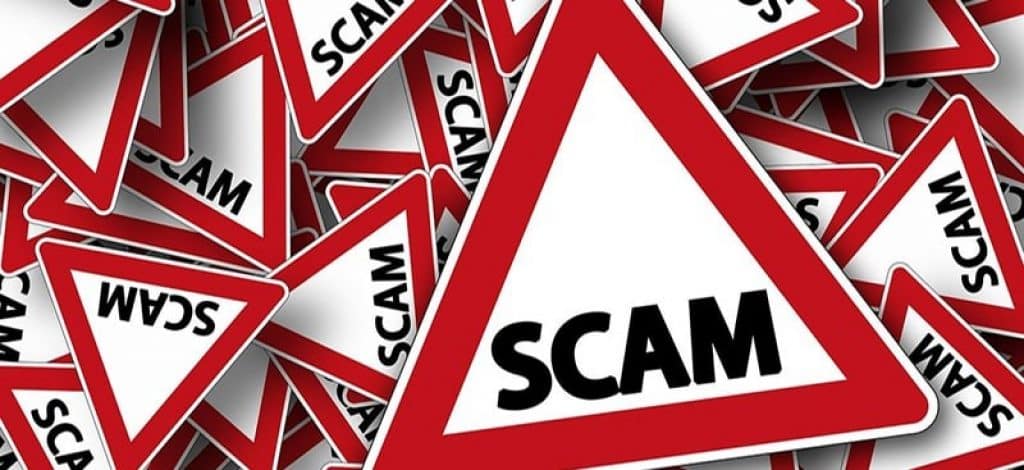
Other scams involving PayPal usually involve messages about unauthorized access attempts in online phishing. The sender will tell you someone has tried to enter your account. As a result, your account is in danger of being “frozen.” However, if you click the link in the email (You are told), you can enter your password to avoid your account's loss. Naturally, those unfortunate enough to give their log-in information will have given it to strangers.
Remember that this is not limited to PayPal. Users of Storm Pay, e-gold, eBay, and more will see similar emails.
Protect Your Accounts from Online Phishing Scams
Watch out for online phishing scams that trick you into submitting information (like passwords) to allow the sender to access your account. Whenever you receive suspicious messages, go to your account via a new browser and type in the URL. Never click a link in an email that will take you to your PayPal account. If you make that the rule, your account information (and funds!) will be much safer.
More exciting articles for you:
- How to Clean and Sanitize Keyboard in 12 Minutes
- How to Open WebP Images in Windows 10
- How to Mirror Phone Screen on PC Free
- Common Email Problems and Solutions
- How to Unlist Number and Delete Truecaller Account
What to Do If You Receive a Suspicious Email in 2025?
Do not reply, even if you recognize the sender as a well-known business or financial institution. If you have an account with this institution, contact them directly and verify the email's information to avoid online phishing scams.
Do not click links in these emails (or cut and paste them into a browser). This may download viruses to your computer or, at best, confirm your email address to phishers.
Do not open any attachments. If you receive an attachment you are not expecting, confirm that they sent the message and meant to send an attachment.
Do not enter your personal information or passwords on an untrusted Website or form referenced in the email.
How to Report Phishing in 2025?

If you got a phishing email or text message, report it. The information you give can help fight online phishing scams. If you believe that you have provided sensitive financial information about yourself or any accounts through a phishing scam, you should:
- Contact your financial institution or account immediately
- Contact the three major credit bureaus and request a fraud alert be placed on your credit report.
Step 1. If you got a phishing email, forward it to the Anti-Phishing Working Group at reportphishing@apwg.org. If you got a phishing text message, forward it to SPAM (7726).
Step 2. Report the phishing attack to the FTC at ftc.gov/complaint.
FAQs About How to Protect Your Accounts from Online Phishing Scams:
-
What is a phishing kit?
The availability of phishing kits makes it simple for cybercriminals to launch phishing campaigns, even if they have only basic technical skills. A phishing kit is a collection of phishing website resources and tools that only require server installation.
-
Why does phishing increase during a crisis?
Criminals rely on deception and create a sense of urgency to succeed with their phishing campaigns. Crises such as the coronavirus pandemic give those criminals a significant opportunity to lure victims into taking their phishing bait.
-
What is spear phishing?
When attackers try to craft a message to appeal to a specific individual, that's called spear phishing. Simply put, the image is of a fisherman aiming for a particular fish rather than just casting a bait hook in the water to see who bites.
Final Words – Proceed With Caution:
Phishing text messages and emails have evolved into a dangerous, yet unavoidable, threat in the modern internet era. To protect yourself, it is best to caution that you delete any emails or texts that appear suspicious in 2025.
You should never forget that a legitimate organization or business will never ask you to share sensitive or personal information through insecure channels such as email, text, or pop-up messages. The sender will likely attempt to contact you via a verified telephone or snail mail if the message is crucial.
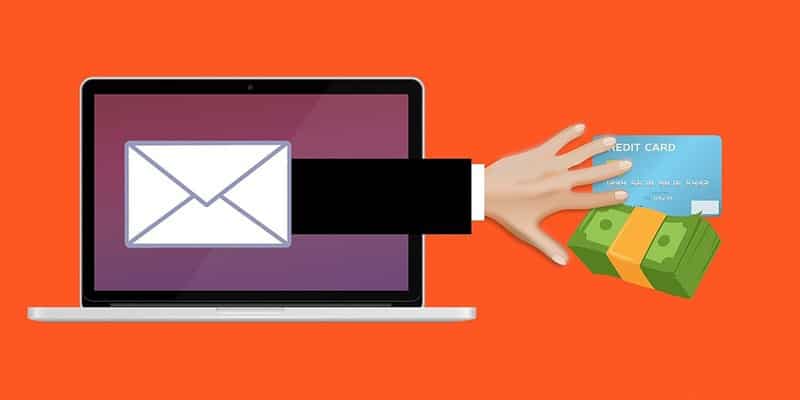

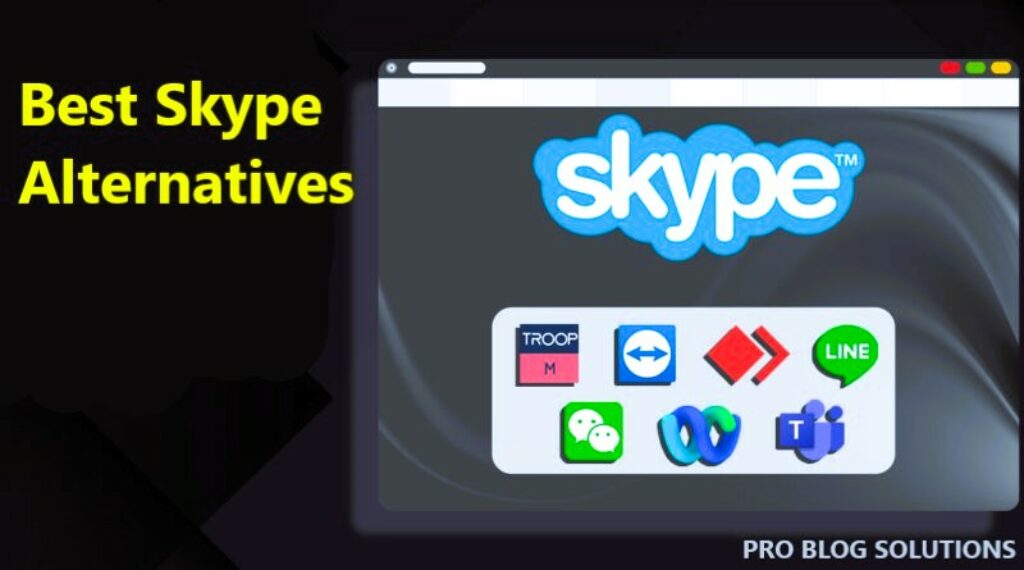

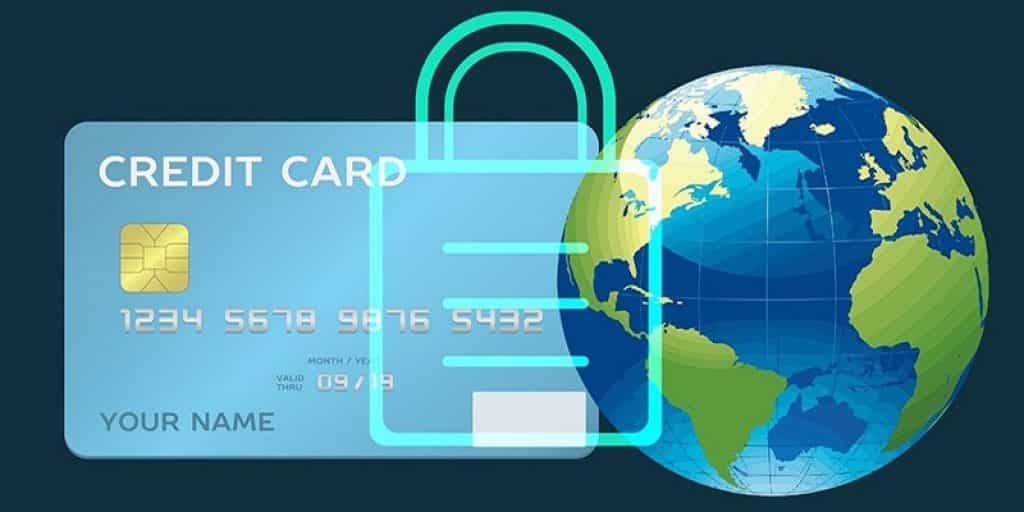
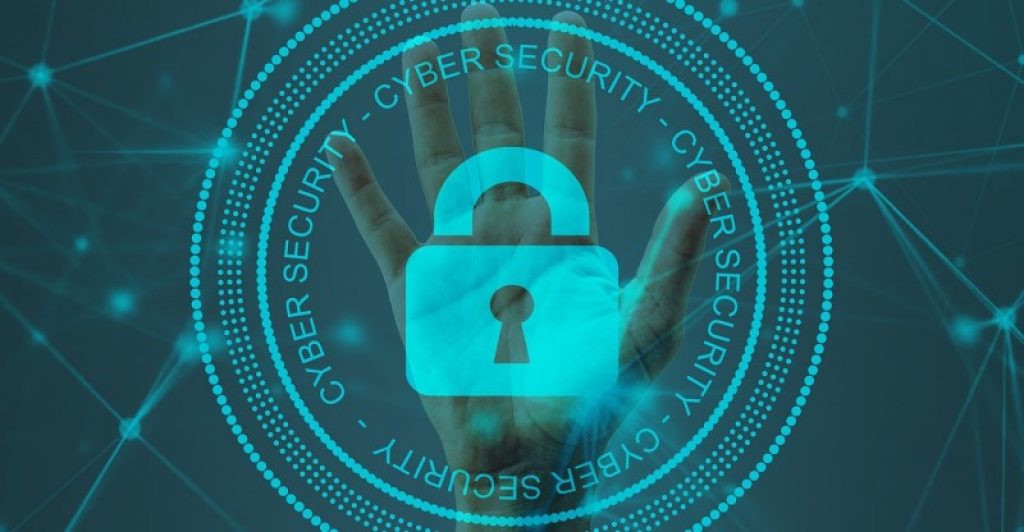

great post, I love the way of explanation. keep it up, similar content on http://www.flazefx.com